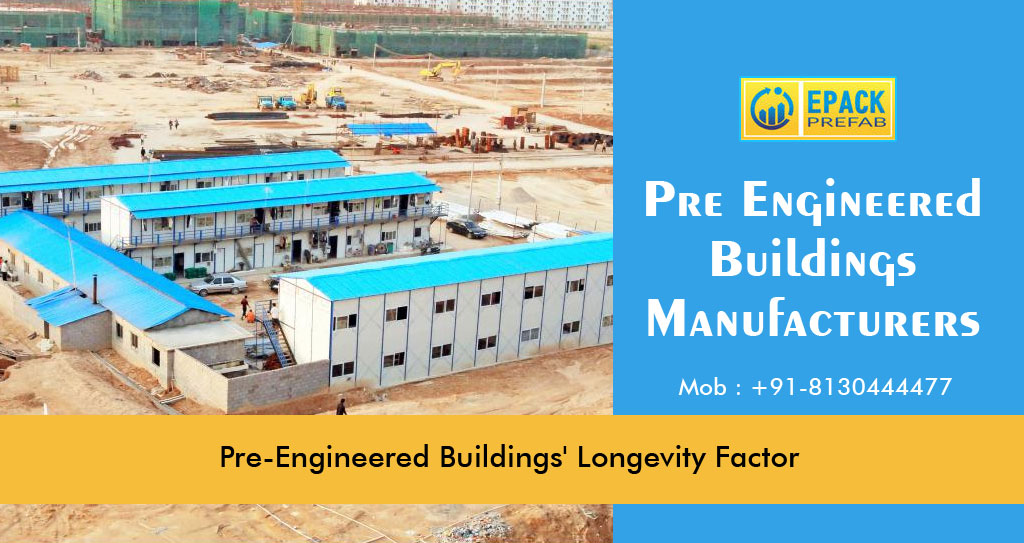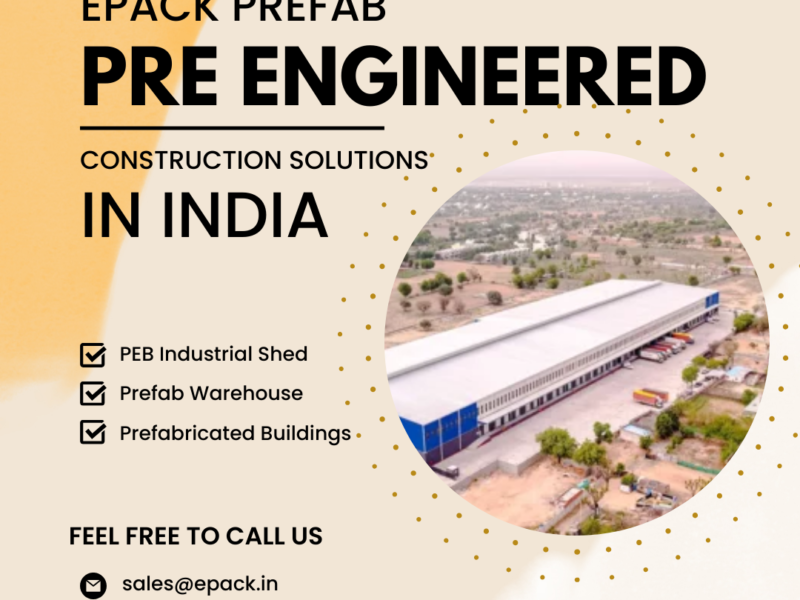The “life” of a framework is something you may not have considered. To make sure your
building’s new framework will undoubtedly endure the test of time, make sure you invest in a design and excellent materials before you begin construction on the project. Whatever the size of the facility, the building must be able to withstand the effects of the elements as well as several other factors that could cause damage.
If a building is just going to last for a few years, then what’s the big deal with putting in the effort and money to build it properly? Examine how the structure will definitely be used throughout the design procedure to assist you in developing the best materials to ensure the long life of the steel structure.
One of the crucial factors that will unquestionably effect the framework’s longevity is the stuff you choose. Make comparisons between steel structures, plastic sheds, timber frameworks, as well as a whole lot far more while completing design details.
How long do steel buildings have a useful life? If the building is well-maintained and the products are of high quality, they can last anywhere from 25 years to 50 years or more. Quality products that can withstand seasonal damage must be used to ensure the structure’s long-term usefulness.
In terms of both quality and longevity, steel is an excellent choice for building materials. It should be noted, however, that not all steel frameworks are created equal. Take a look at these factors that could affect the lifespan of steel structures:.
- The design: Damages can be minimised by using a sturdy steel framework. For example, compared to a building with bad layout, a steel structure with water circulation and joint protection is more likely to have a longer lifespan than one without. How long do prefabricated frameworks last? They can be as long-lasting as a bespoke framework if they have a good sense of style.
- Usage: You should expect rapid degradation if you go too severe with the structure. The rust that might affect steel when manufacturing with chemicals inside the framework can have a long-term impact on the quality of the final product. As long as you’re not planning on using your steel framework to build anything substantial—such as a house—you can expect it to last longer than a house built from scratch.
- Location: The long-term durability of the structure can be affected by local environmental trends. Snow-covered areas, for example, necessitate additional maintenance due to the increasing weight of the snow on the roof. Furthermore, the salt and humidity in the air can cause steel structures to deteriorate more quickly in seaside environments. Because of the high concentrations of hazardous compounds in the air, even moderate levels of automation might have a negative impact on the structure.
When compared to other types of framework materials, steel doesn’t require as much maintenance. The framework’s lifespan can be extended by performing routine maintenance procedures on a regular basis. Damages to the building might occur as a result of degradation, mould, and deterioration if they are not cleaned, maintained, and repaired on a regular basis.
The best way to ensure the long-term viability of your project is to consult a steel structure expert. For more than a decade, EPACK group has been successfully producing pre-engineered buildings that serve a wide range of commercial, industrial, and institutional purposes


